
In Sri Lanka, tanks are not vehicles to invade other countries but rather the name for man-made reservoirs.
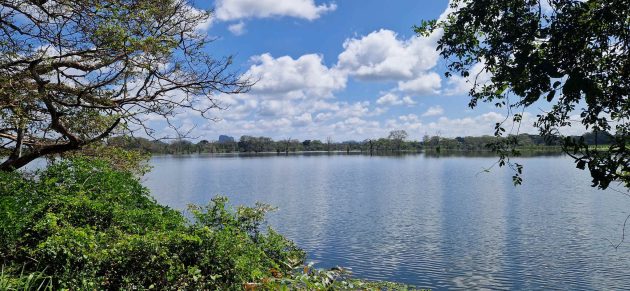
These tanks—some of which date back to two thousand years—were built to manage the water supply, particularly in the island’s dry zones.
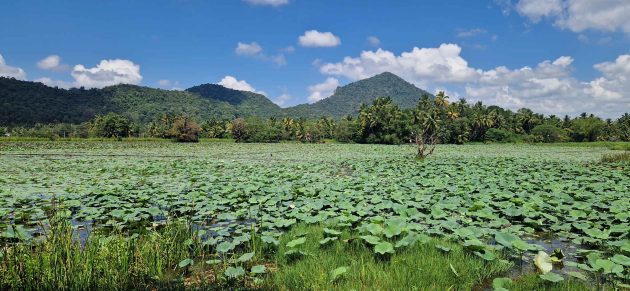
They function as reservoirs for the irrigation of the rice paddies, provide water for humans and animals, control floods, and, most importantly, host a variety of bird species.
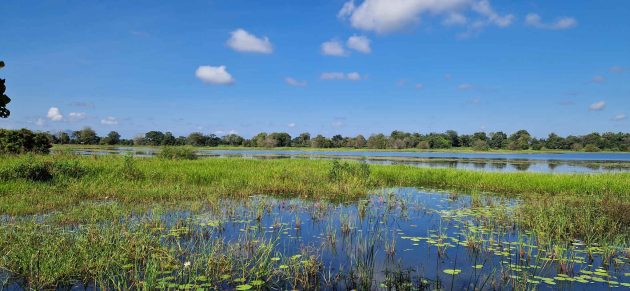
Others mainly use the rice paddies watered by these tanks as habitat.
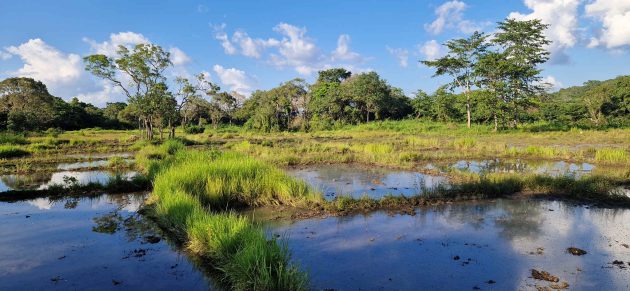
Among these is the Asian Openbill, a species once voted most likely to find work as a mascot for the American Association of Orthodontists.
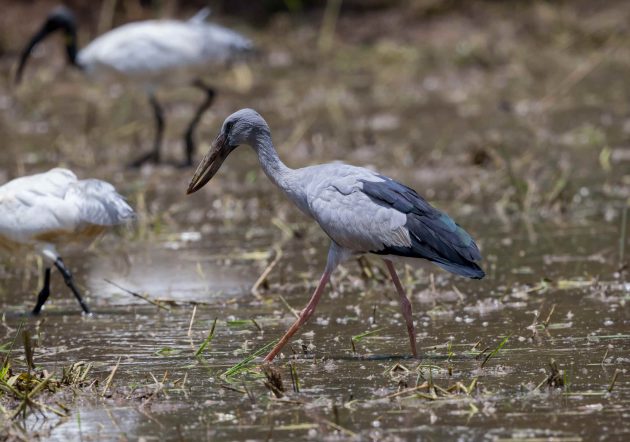
One study on the nesting of Asian Openbills in India found a positive effect of increased rainfall on nest count – and interestingly, the COVID-19 lockdown also had a positive effect.
If such studies make you appreciate the work of ornithologists, the self-congratulatory tone of the last sentence of the abstract does the opposite: “This study represents a pioneering effort to comprehend the impact of the pandemic situation on the Asian openbill stork population.”
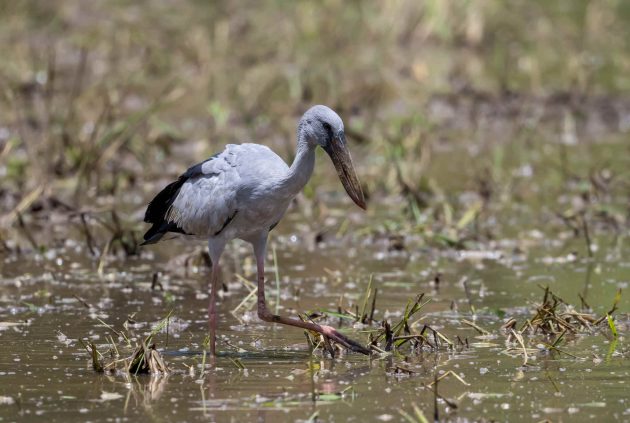
Asian Openbills have rapidly expanded into China – authors of another study think this may be due to habitat degradation in the tropical lowlands of the classic Asian Openbill range.
If you are thinking of subscribing to the Biodiversity International Journal, here is a quote from a paper reviewing the Black-headed Ibis:
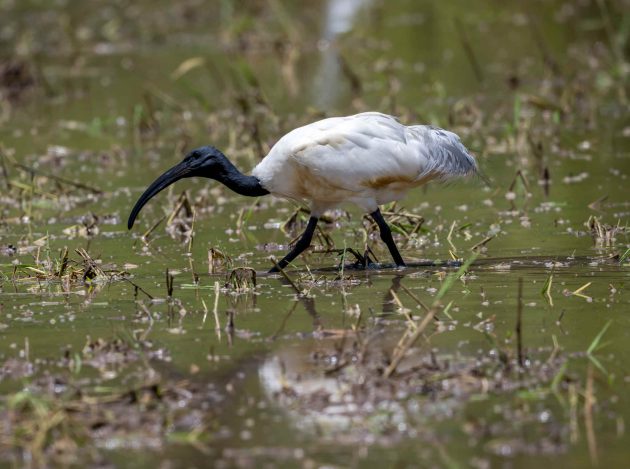
“While the Black-headed Ibis may not have achieved the same level of literary prominence as some other bird species, it nonetheless holds a place in the literary and cultural landscape, inspiring writers and poets with its beauty and symbolism. Black-headed Ibis may not be as prominent in literature as some other bird species; it does make occasional appearances in works of fiction, poetry, and natural history writing.”
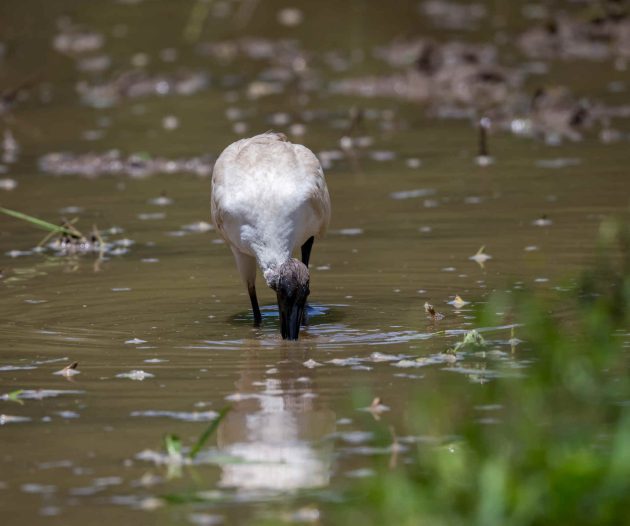
So, obviously, your subscription fee does not go into editing, nor does the peer review system announced on the website of the journal seem to be particularly effective.
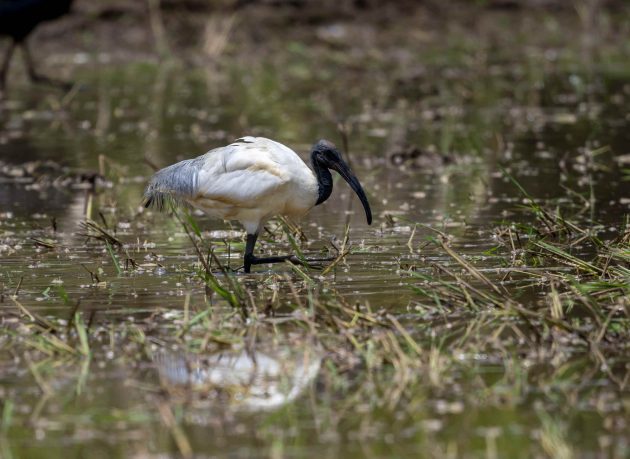
Still, the paper has some interesting aspects, such as referencing a poem titled “The Black-headed Ibis” by DH Lawrence. Unfortunately, this poem does not seem to exist. So, the authors of the review have either been creative or used ChatGPT (though ChatGPT assures me that no such poem exists).
I have written about the Grey-headed Swamphen before, under the pretension of having a working knowledge of the work of Franz Kafka.
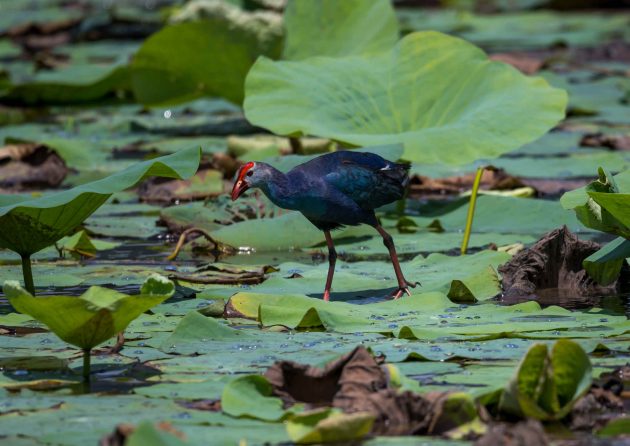
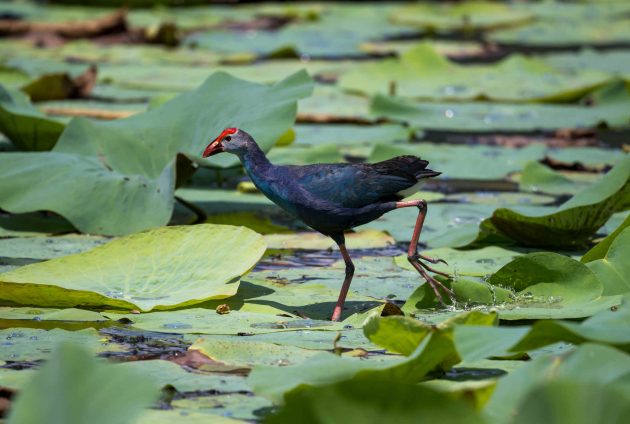
Globalization does not seem to be a particular concern for the online edition of the HBW – the entry on the Grey-headed Swamphen focuses almost entirely on the introduced population of the species in Florida. Somehow, this America-first approach did not impress Mr. Trump enough to stop canceling some funding for Cornell. Still not MAGA enough, I guess.
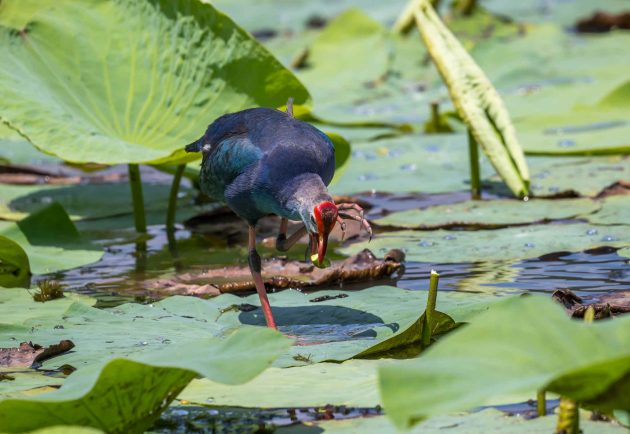
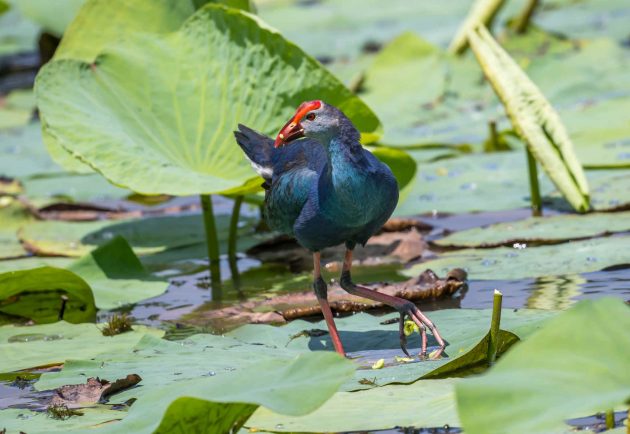
The Pheasant-tailed Jacana is a summer visitor where I live but a resident in Sri Lanka.
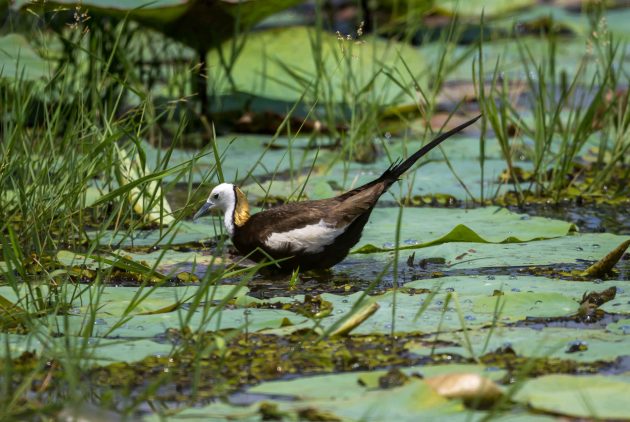
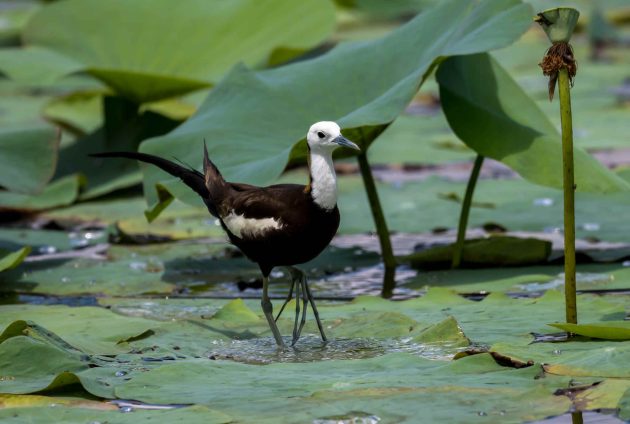
The scientific name Hydrophasianus chirurgus is a bit of a puzzle – chirurgus means just what you think it means (surgeon). Presumably, the name refers to the bird’s long, thin, sharp claws, which look a bit like surgical instruments such as lancets.
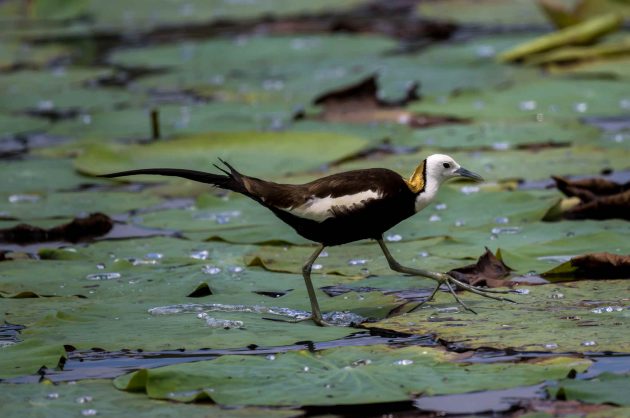

A paper calls the Woolly-necked Stork a “species ignored” – well, not by me in this post, at least.
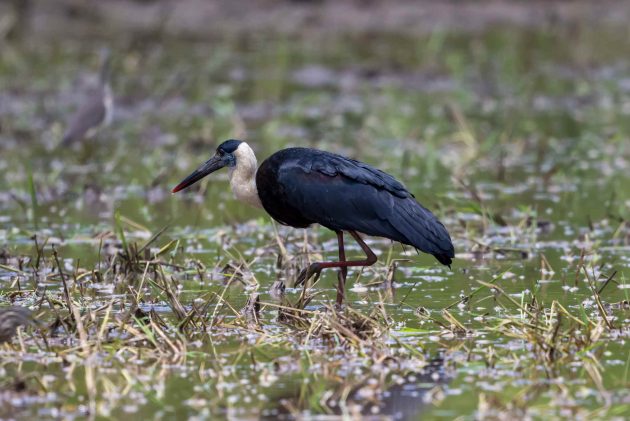
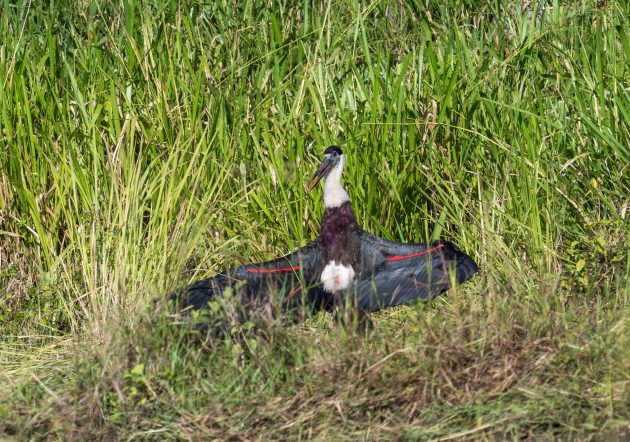
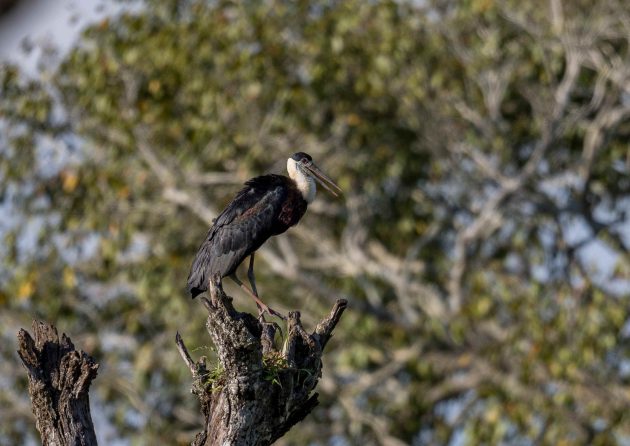
The Cotton Pygmy Goose is not a goose but a duck – and a small one at that. The HBW even states that it “appears to be the world record-holder for smallest waterfowl”.

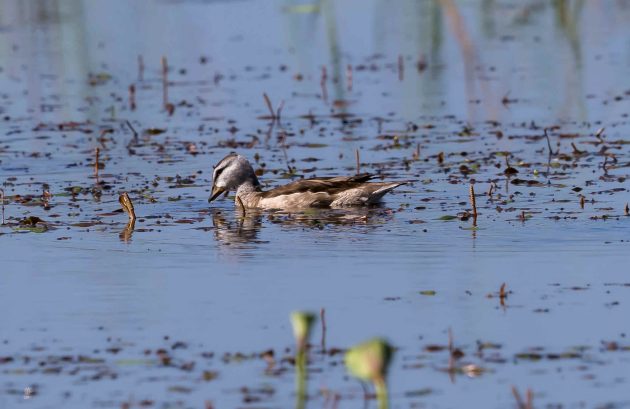
How do they spend their mornings? One study conducted in Assam found that during this time of the day, they were active 45% of the time, loafing 24%, foraging 23%, alert 5%, and under cover 3%. The authors – apparently a bit critical of the work ethics of the duck – add that “Loafing is likely to be underestimated since birds under cover are frequently loafing, and are difficult to observe.”
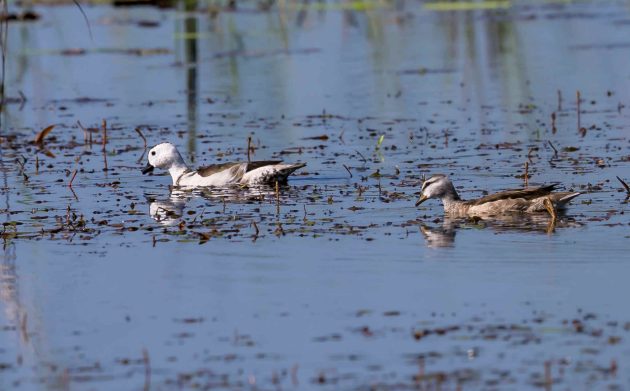
Of course, there are also some very “ordinary” birds in these habitats. From the viewpoint of a visitor from Shanghai, these include the Cattle Egret …
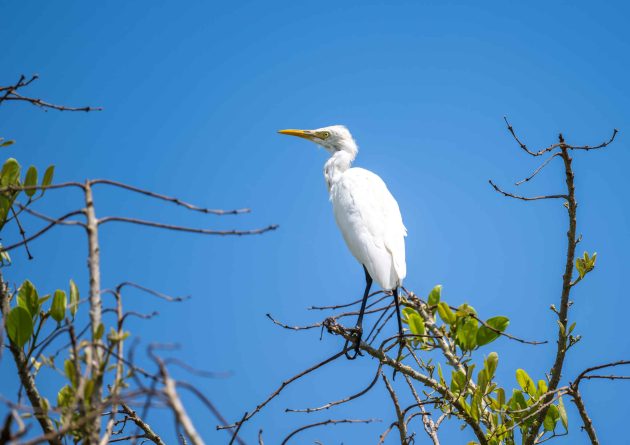
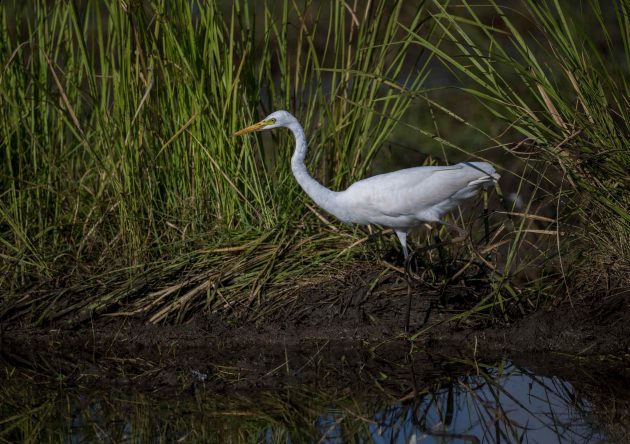
… White-breasted Waterhen …
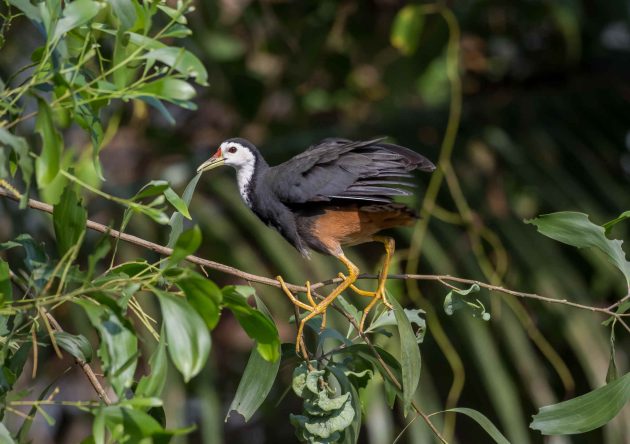
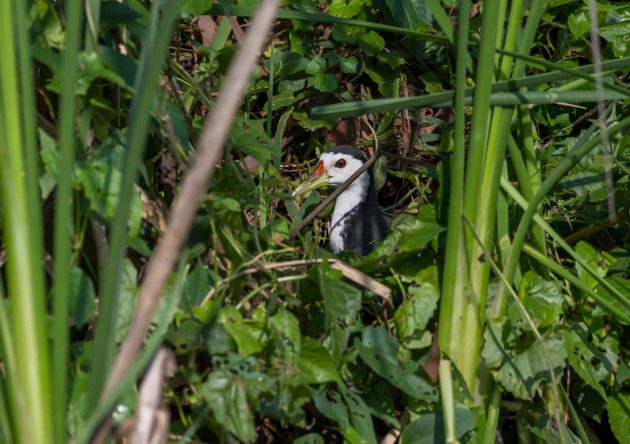
… and the Great Egret.
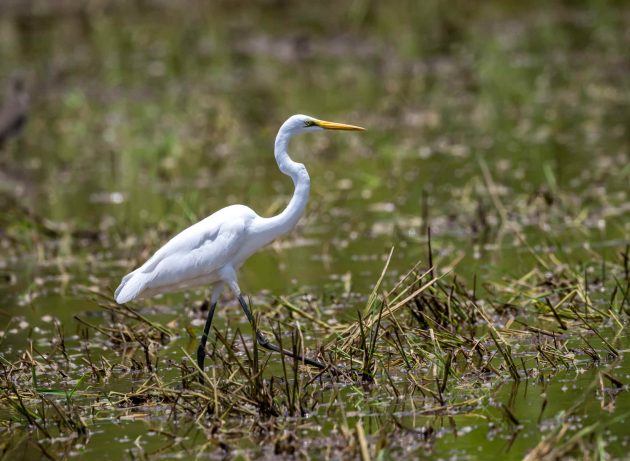
I cannot really include the Indian Pond Heron – but it seems to me like a low-budget version of the much more attractive Chinese Pond Heron. Not speaking as a Chinese nationalist here.
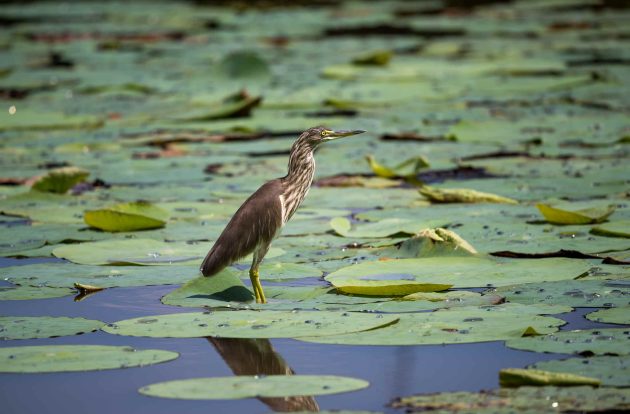
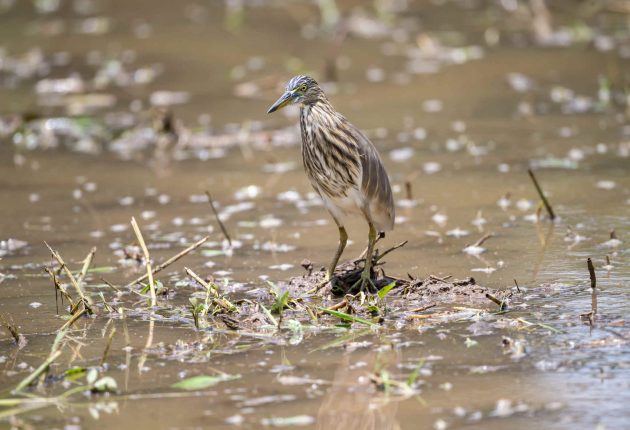
Which is not quite the same for the Whiskered Tern. Given that in Sri Lanka it is non-breeding while it is a resident in Shanghai, it seems to prefer China. Maybe it is the socialism.
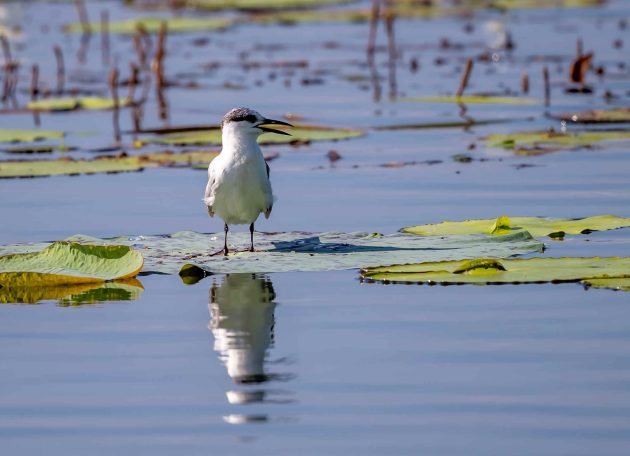
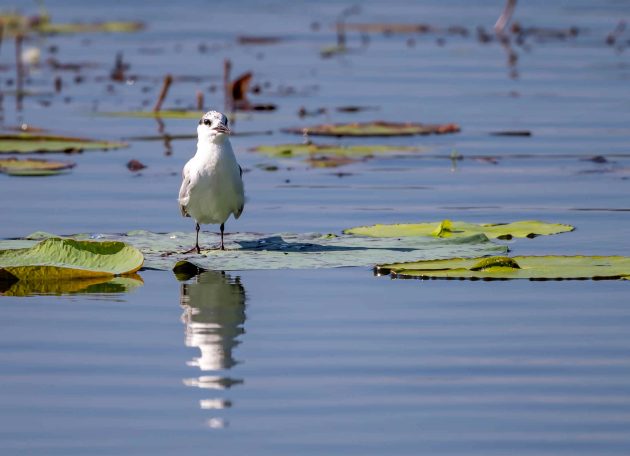
In contrast, the Oriental Darter more or less avoids China altogether while being easily found in Sri Lanka.

Surprisingly, the HBW lists it as Near Threatened, with a global population of only about 30,000 individuals.
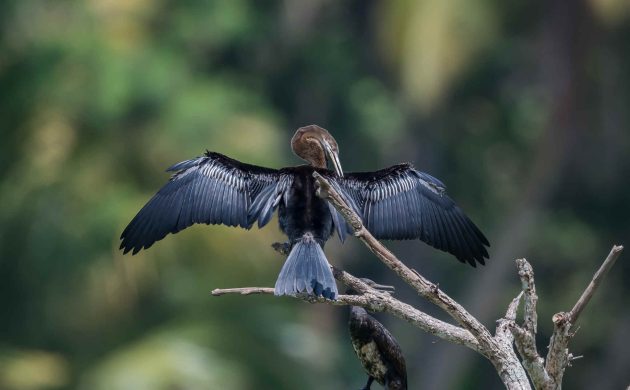
I asked ChatGPT about the Oriental Darter – it supplied the wrong information that “Unlike ducks or cormorants, darters lack waterproofing oils on their feathers.” Subsequently, I offered to take ChatGPT out for a day of birding to see some cormorants, such as the Little Cormorant, dry their feathers.
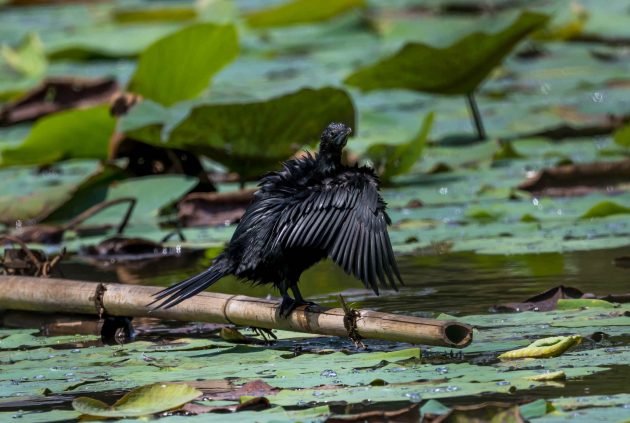
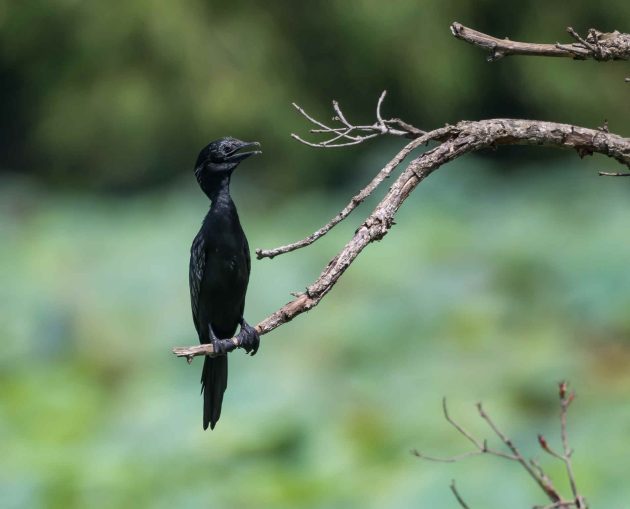
Somehow, the HBW photos of the Lesser Whistling Duck look much more attractive than the ones I took around Sigiriya. As the HBW claims there are no different subspecies, maybe the photos on the HBW were taken by better photographers than me – or at least photographers with a higher willingness to use Photoshop enhancements.
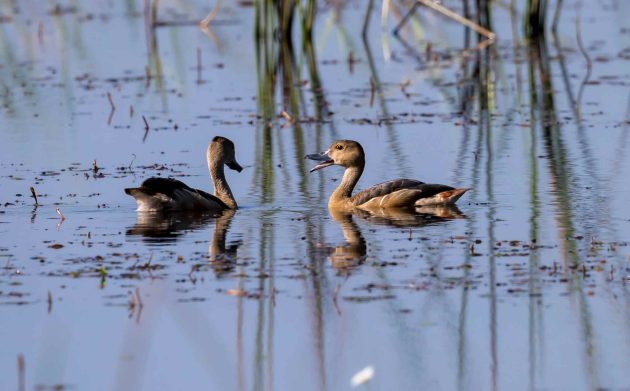
Apparently, the “Whistling” in the species name refers to the high-pitched, whistling calls these birds make, especially when they are flying.
The species also gets praise from eBird, which calls the duck “well-proportioned”. Strangely, the girlfriend of the eBird reviewer was somewhat less pleased with this compliment.
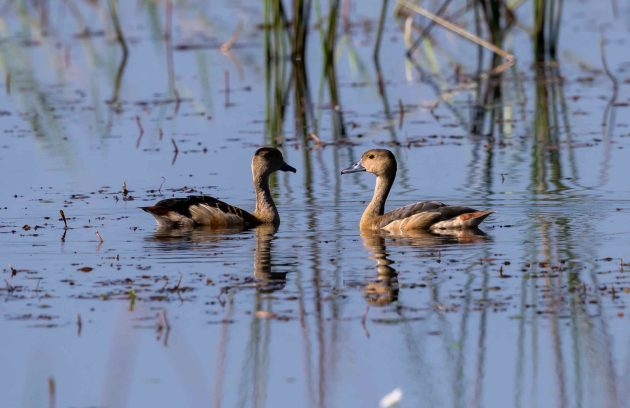
Finally – as each blog post must come to an end, like life and even voice messages – the Red-wattled Lapwing.
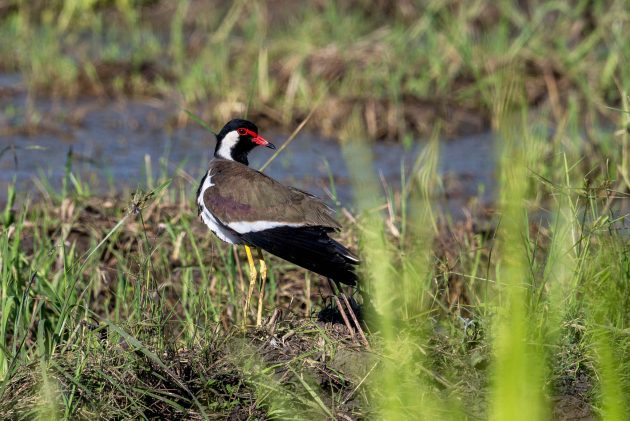
Apparently, this species already adapts to urban life in some areas – a paper describes a pair nesting on the corrugated iron roof of a building in Mumbay for several years in a row.
This location protects the birds from some predators, such as dogs and (to some extent) humans, though it still requires the parents to protect the chicks from avian predators.
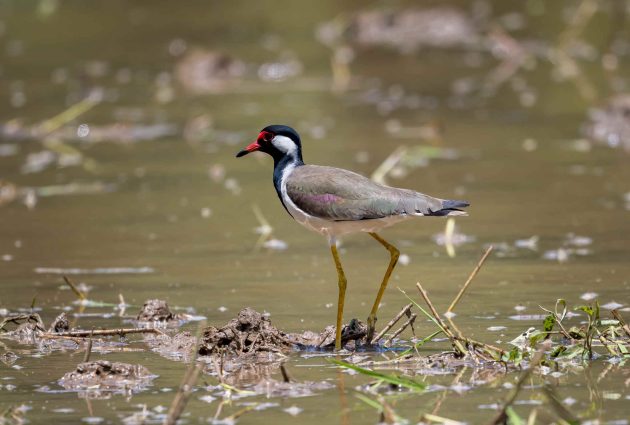
In the hometown of my now-deceased parents, Visselhoevede in Germany, a pair of Eurasian Oystercatchers nested on the flat roof of a commercial building for several years in a row – with probably the same rationale.






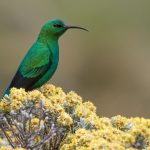
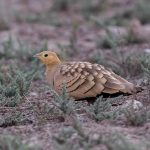
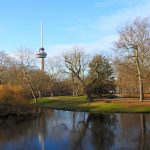
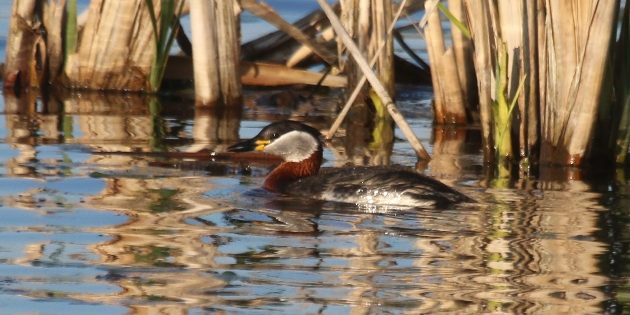
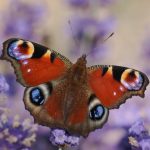
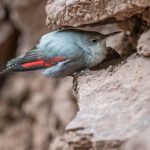
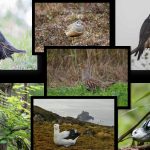
I enjoyed reading this and your superlative photos thank you
Thanks very much, Eve!